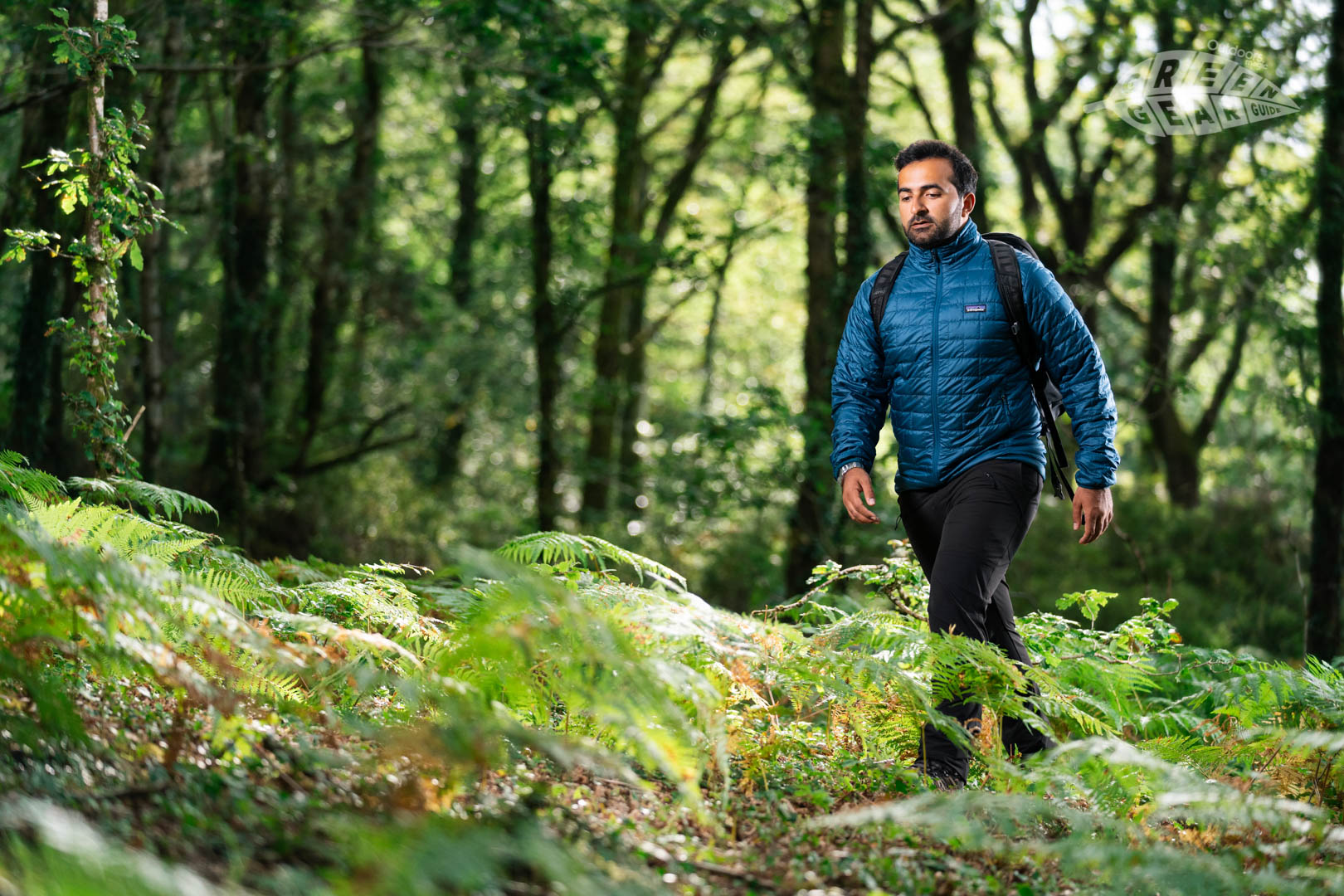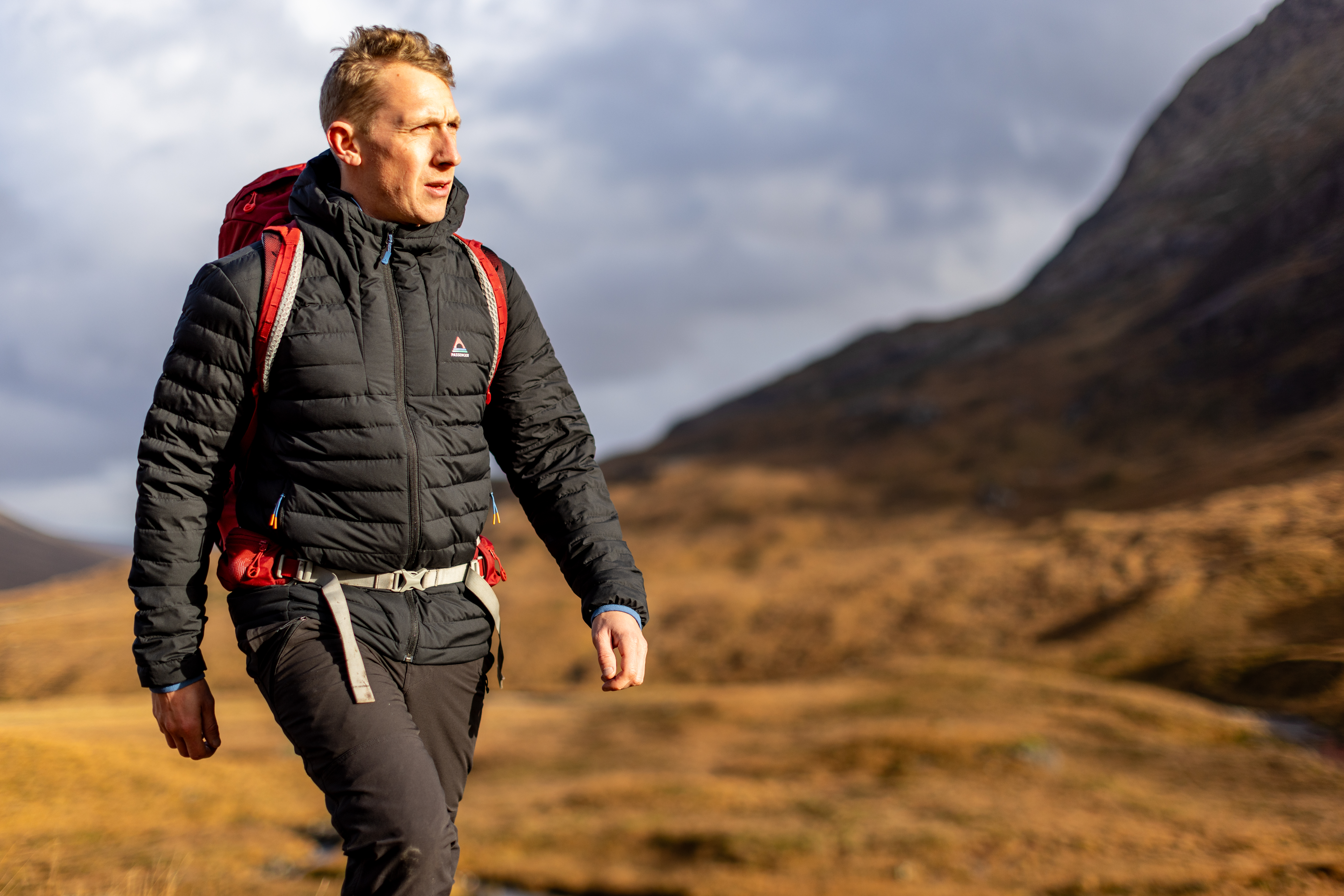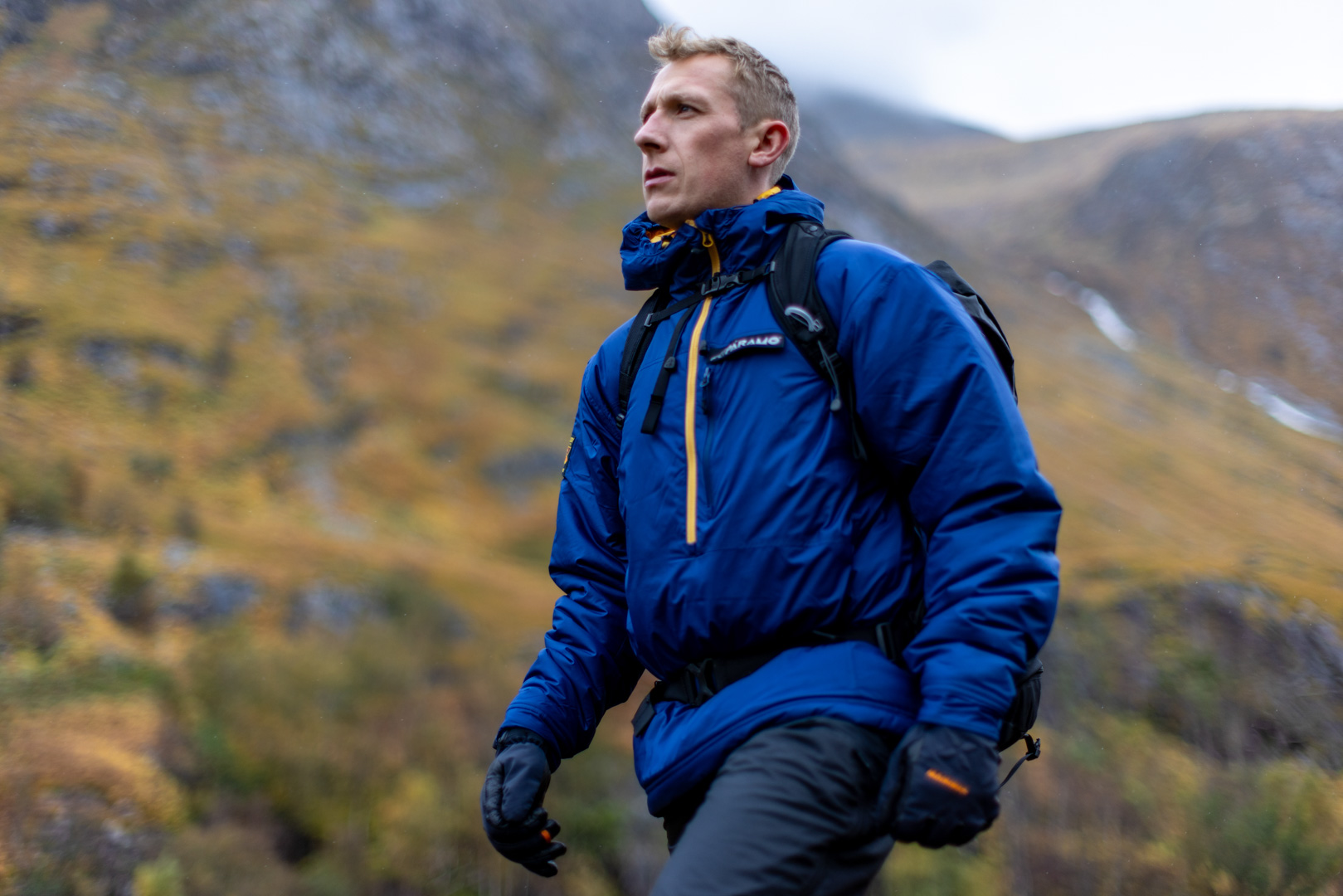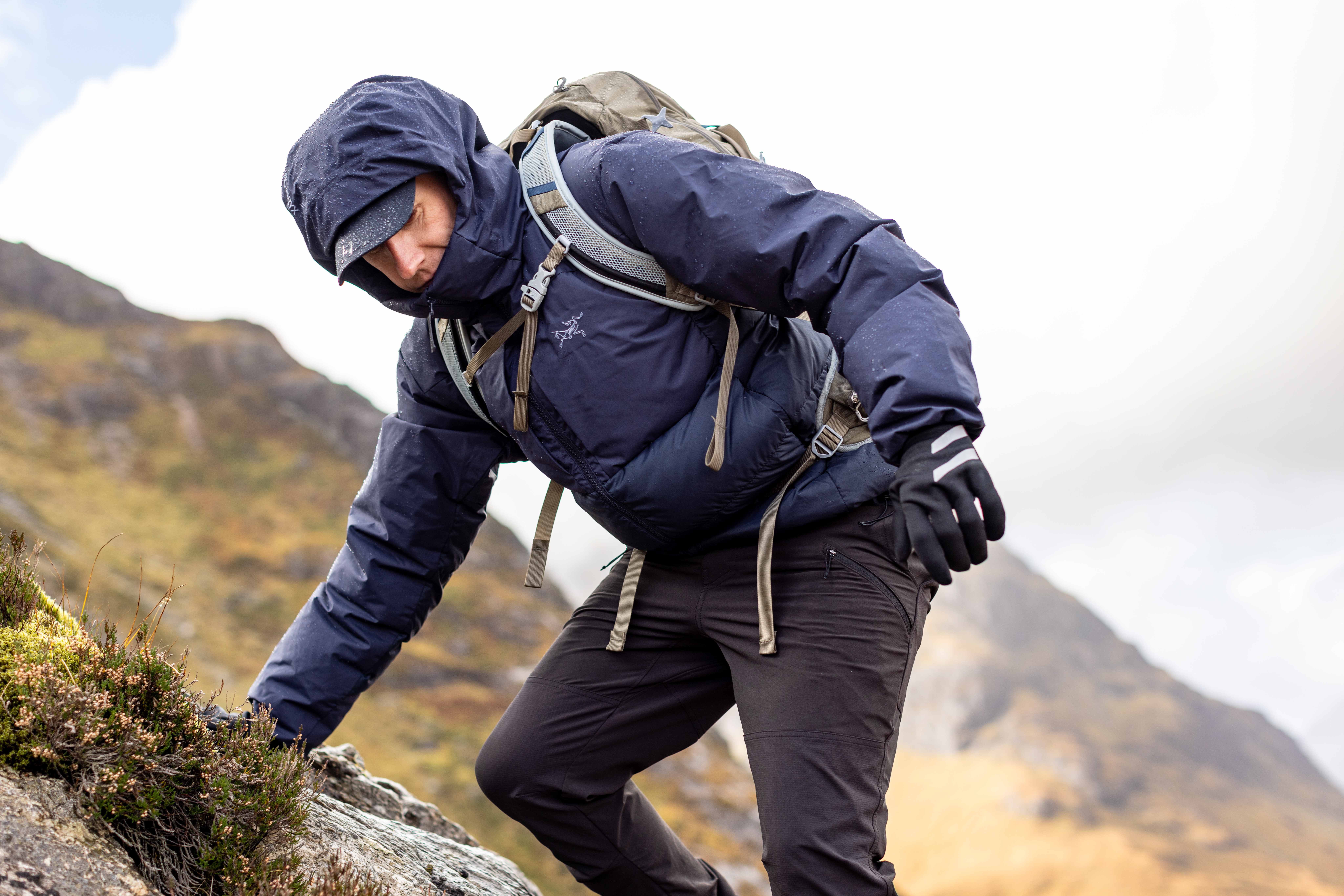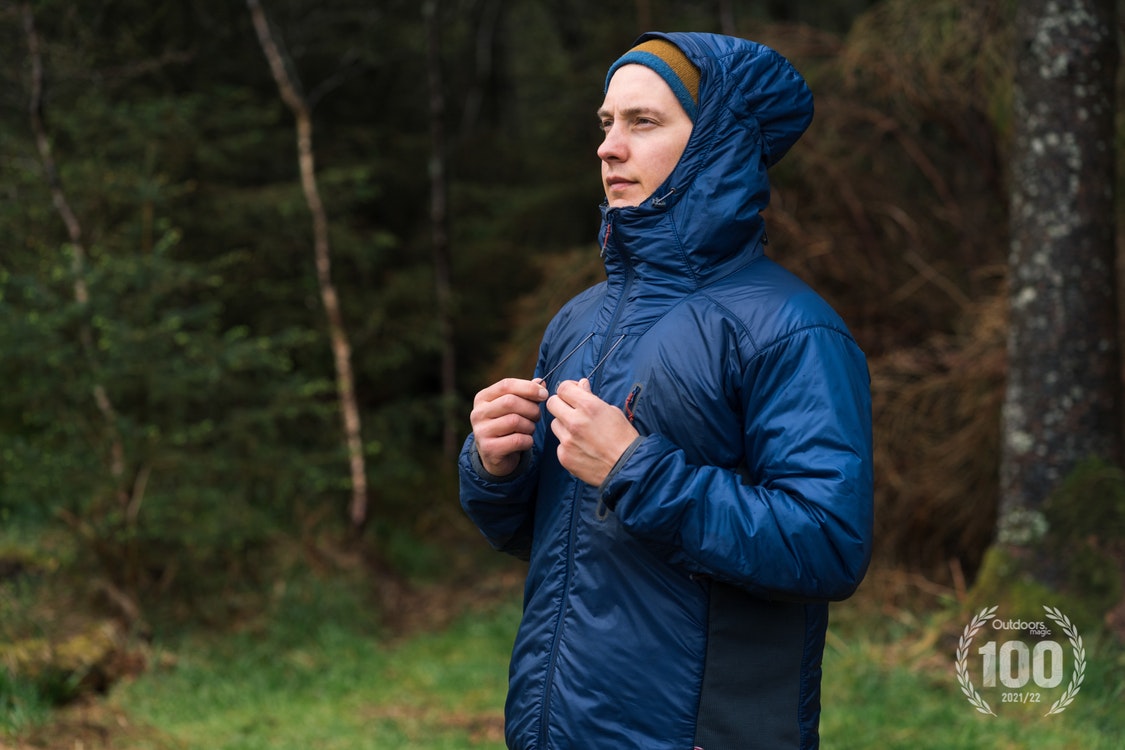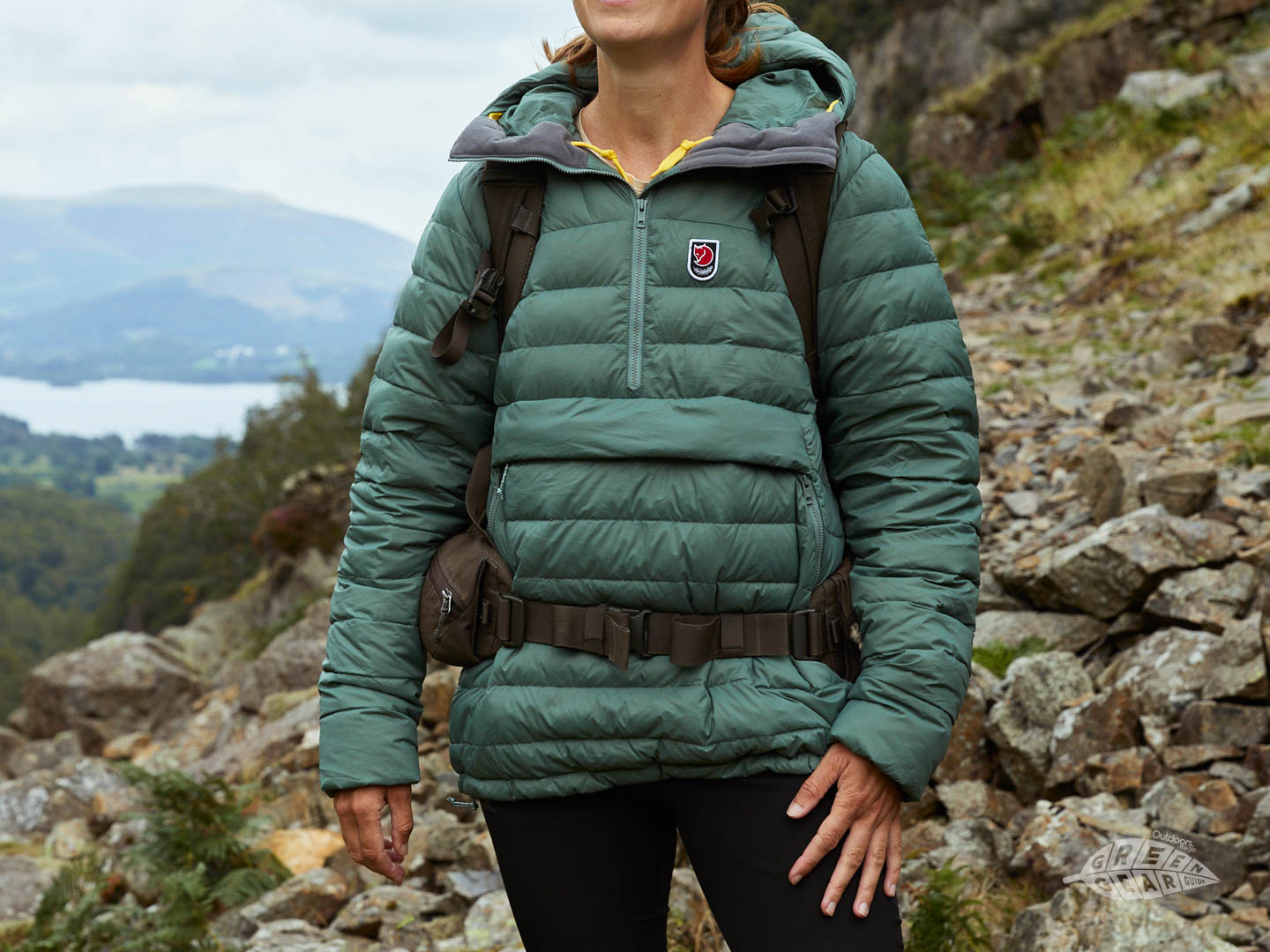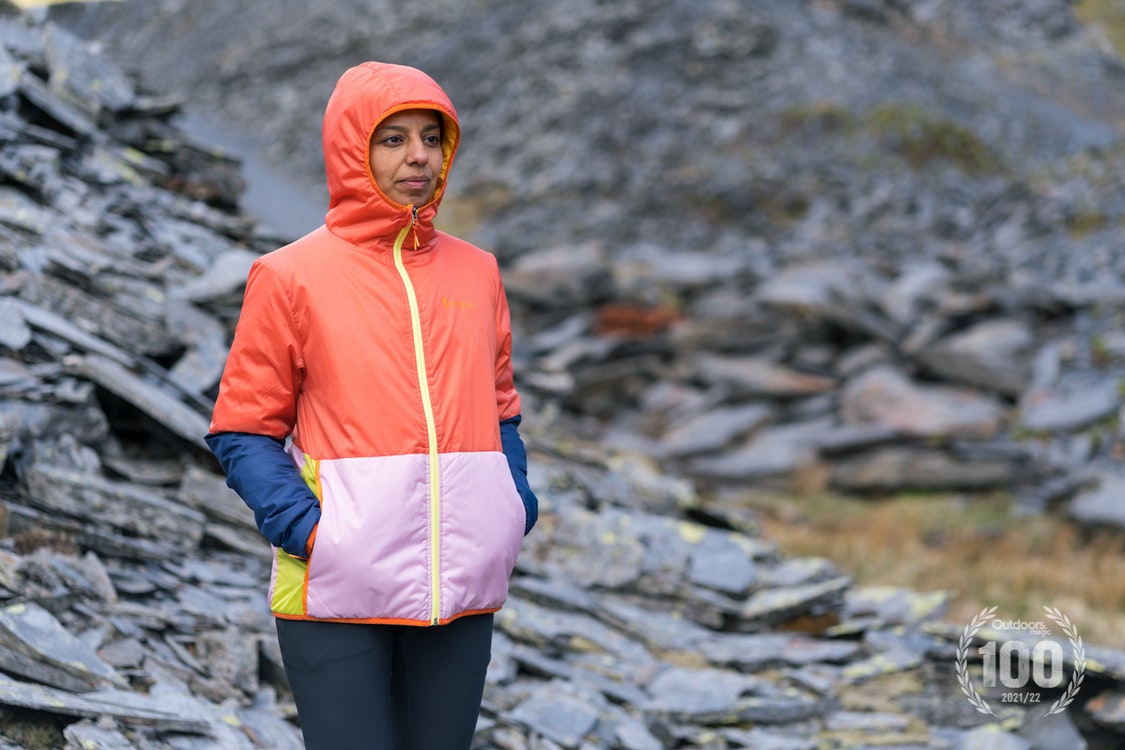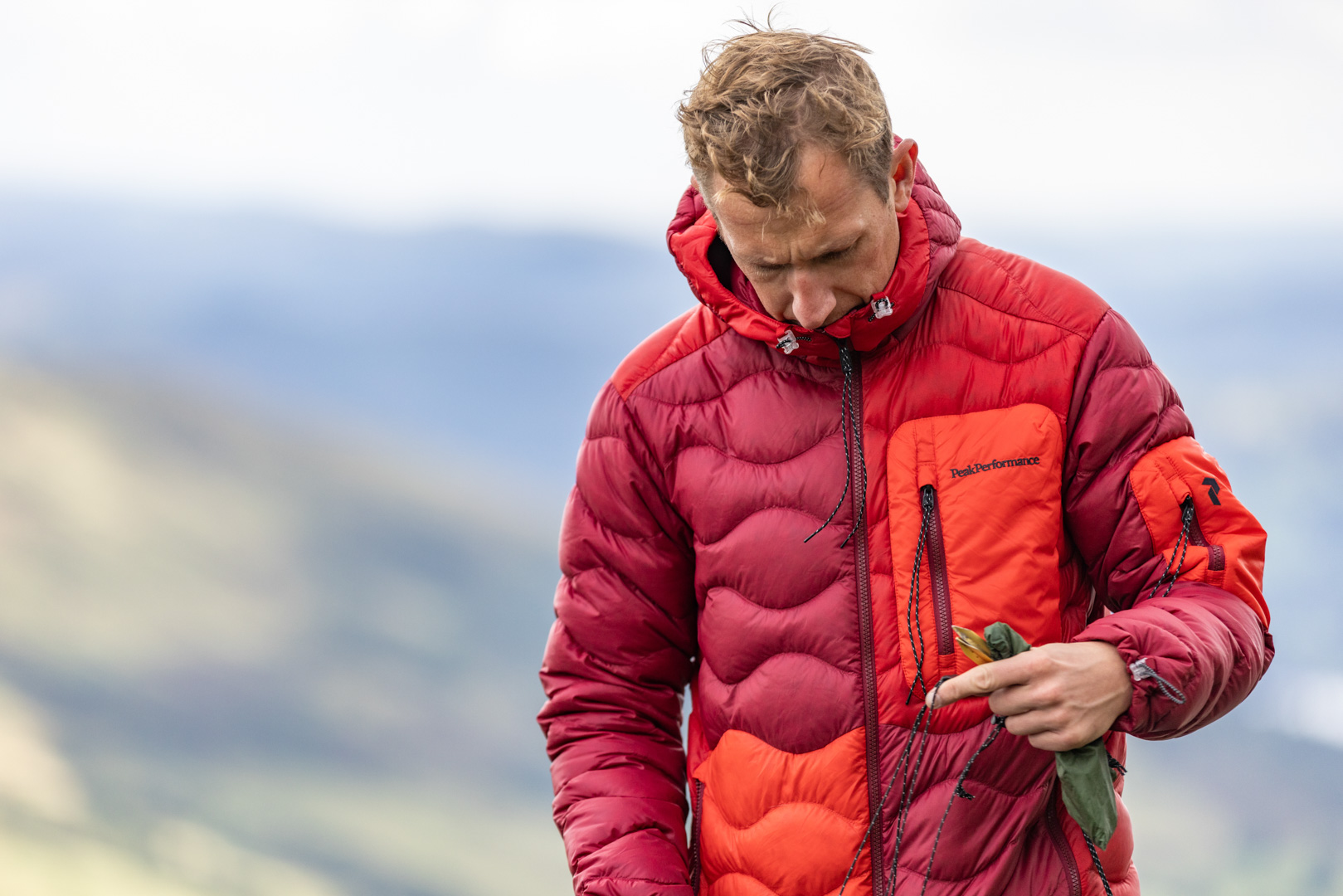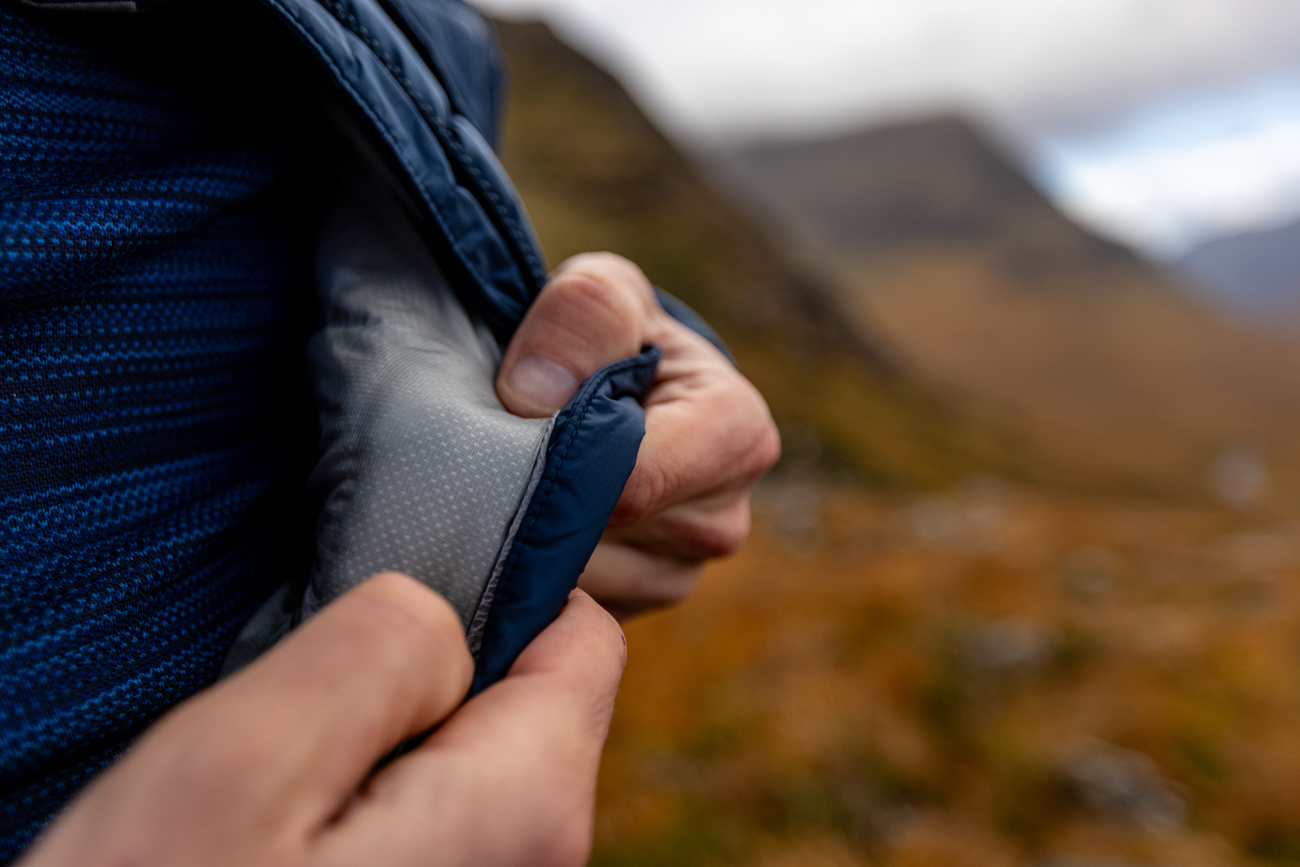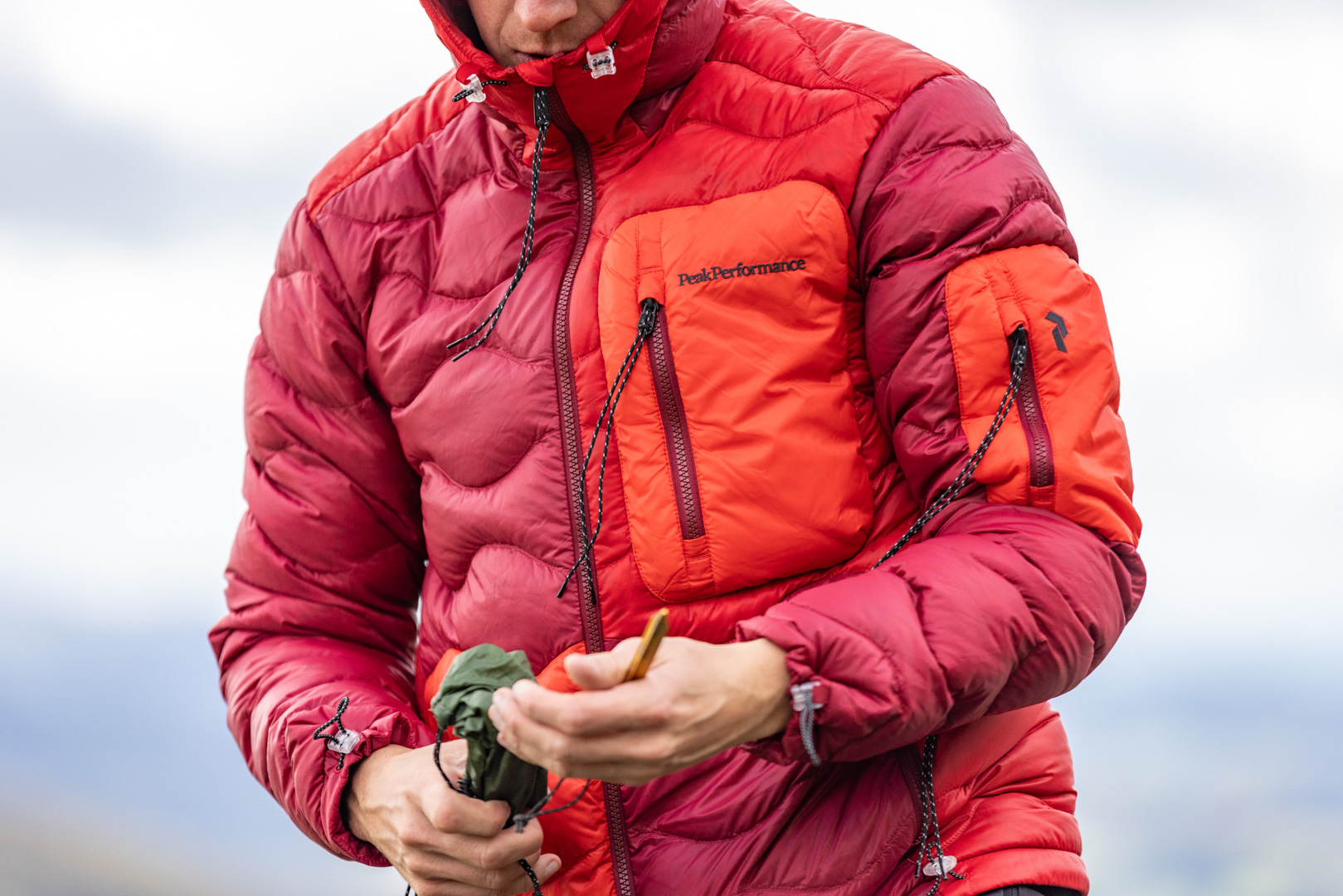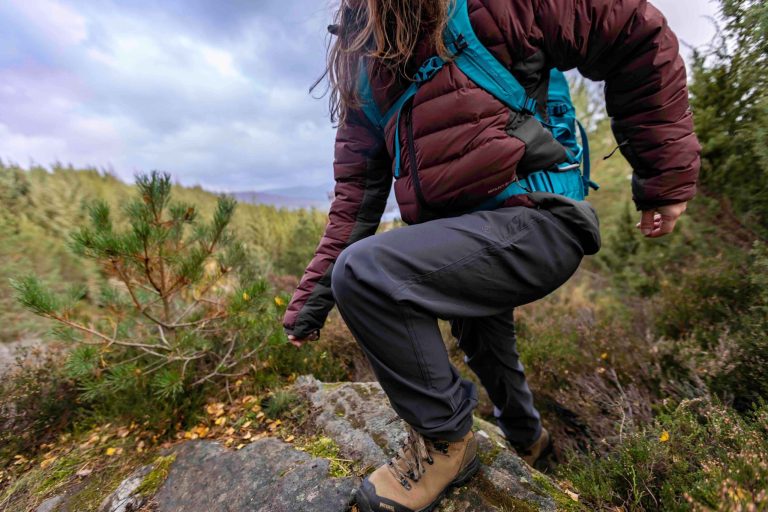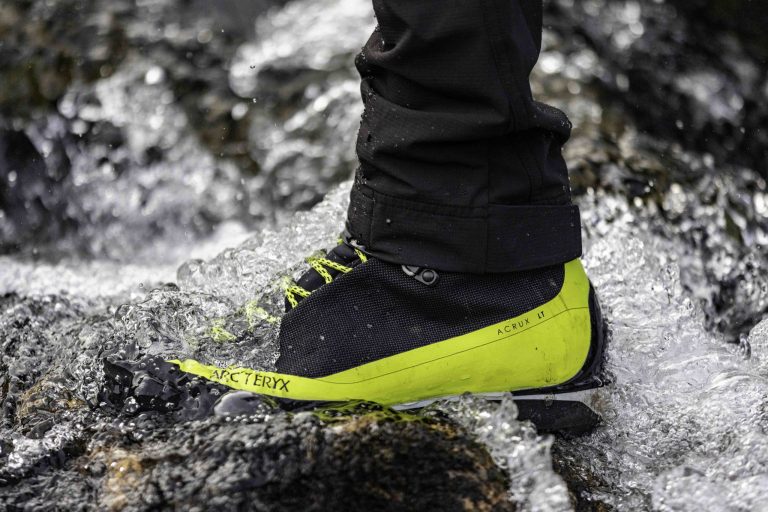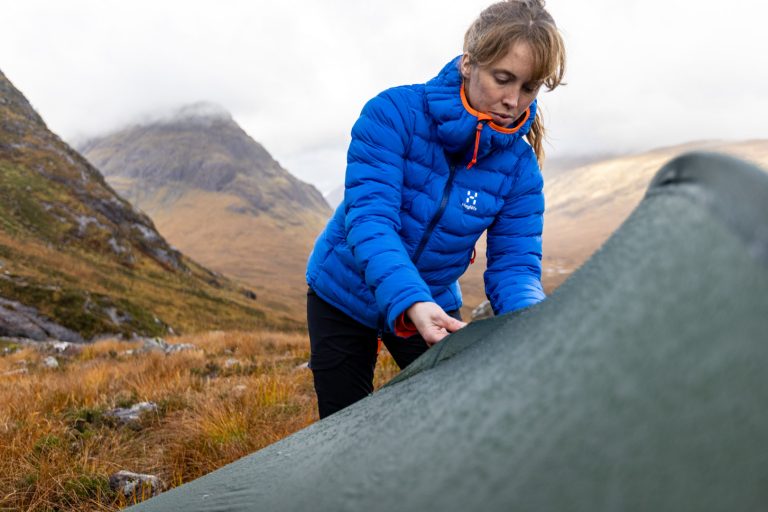Whether you’re a hiker, mountaineer, backpacking or just a casual country walker, we all need a good insulated jacket. Pick the right one and it not only has the potential to make or break the quality of your day out, but it will also be vital for your own safety. But what type of insulated jacket should you be looking for? Well, look no further than the combined results of our recent tests of the best down jackets and best synthetic insulated jackets. Our team have been out in the hills in all conditions to determine which options can be trusted – and we’ve come up with a comprehensive list for you.
How We Chose and Tested Them
We’ve selected a range of different insulated jackets which will suit different temperatures and activities, from winter mountaineering through to just daily wear. All of the options here were fully tested out by our outdoor gear experts on hikes and backpacking trips within the UK. As you can see from some of the pictures, we used the jackets in places like the Scottish Highlands, the wilds of Wales and in England’s Lake District.
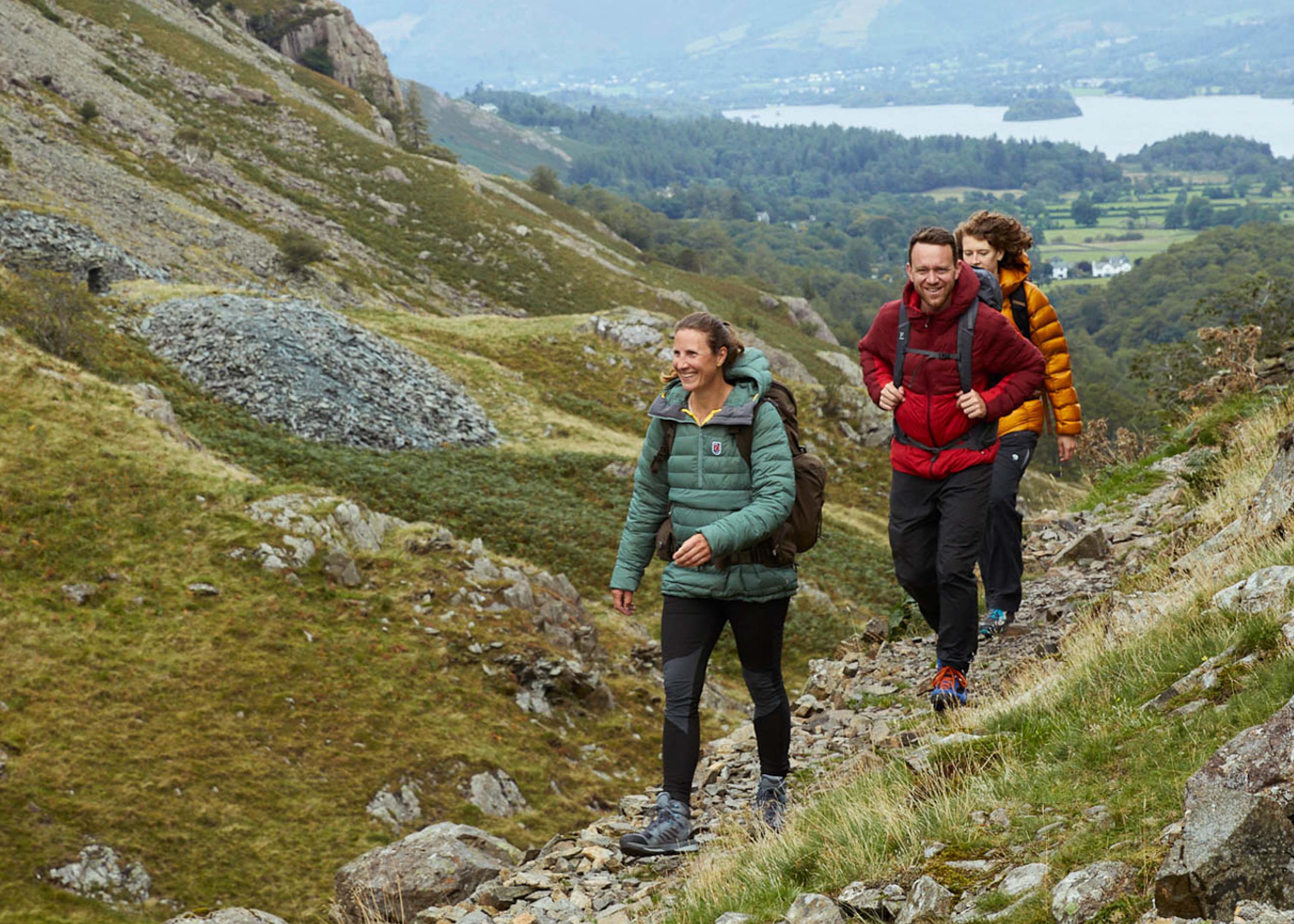
The Experts
OM Editor Will has been responsible for selecting and testing the majority of the jackets you see here. A long-distance hiker, regular wild camper and mountain runner, Will has completed a number of big challenges, including the 1034-mile perimeter of Wales, and holds the FKT for a round taking in all of Wales’ mountain tops. He’s also been on gear judging panels for the likes of ISPO, the Outdoor Industries Association and Scandinavian Outdoor Award. Jackets not reviewed by Will – mainly the women’s ones – were all assessed by members of our test team including Becky Angell (who once hiked the length of the UK) and Jazz Noble, our editorial assistant.
Our Pick of the Best Insulated Jackets Following our Tests
The key properties we looked for during our tests were: the warmth-to-weight ratio, durability, lofting abilities, longevity, wet weather protection, and overall insulation value. We also tested to ensure that expensive items were justified by their quality, and that low budget options still used durable materials that resulted in a high performance in the hills. Bear in mind that all of the jackets here are available in both men’s and women’s versions.
- Rab Cirrus Ultra – Best Overall Insulated Jacket
- Haglöfs LIM Down – Best Ultralight Insulated Jacket
- Patagonia Nano Puff – Best Insulated Jacket for Casual, Everyday Use
- Passenger Ashland- Best Value Insulated Jacket
- Paramo Torres Smock -Best Rain Resistant Warm Jacket
If you’re looking for the lightest and warmest option, check out our guide to the best down jackets. But if you need a jacket that performs well in wet conditions, head over to our comprehensive best synthetic insulated jackets roundup.
1. Rab Cirrus Ultra Hoody
Our top pick: the best insulated jacket overall in our tests
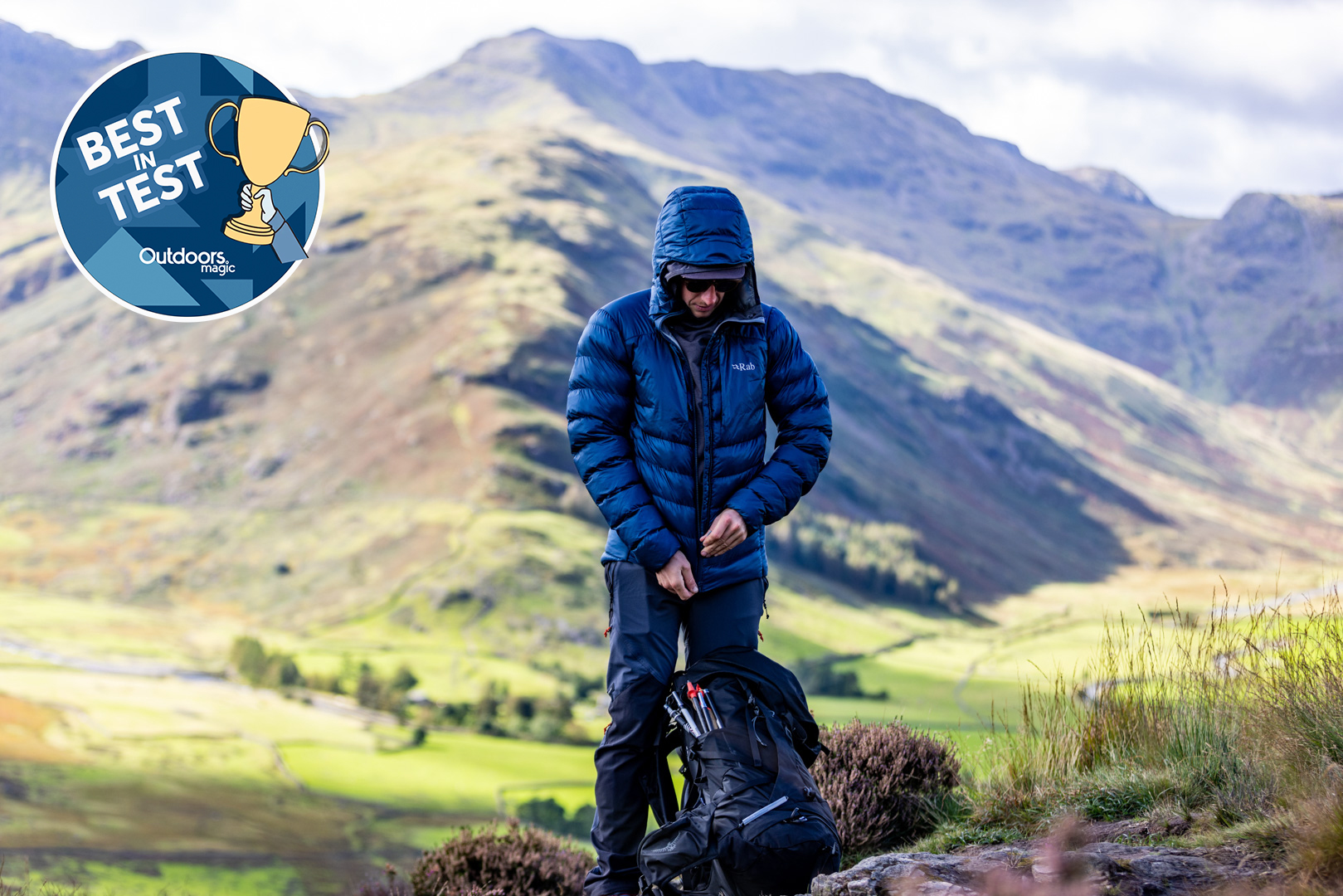
Price: £230
Weight: 548g
Best for: alpine climbing, winter walking
Pros: excellent warmth to weight ratio, protective hood
Cons: nothing
Warmth rating: 8.5/10
We’ve tested this extensively on trips to the Scottish Highlands and the Lake District – and just for day to day wear – and from what we’ve seen it’s an excellent synthetic insulated jacket and our top pick in this round up. What’s quite remarkable about it is that it’s so lofty and light that it’s really hard to believe it’s not filled with down. It also has an edge over down too, because it’s the kind of jacket that we found will continue to provide warmth even when it gets wet – that can’t be said for most down jackets.
Using it in the Scottish Highlands, we noticed it was able to repel light to medium heavy rain very well. In extended rainfall it did eventually become saturated but it still provided a degree of warmth even when it was wet through. Wear this underneath a waterproof jacket and you’ve got yourself a full blown suit of armour. The hood was protective, the details are smart and the fit was spot on for us.
Read our full Rab Cirrus Ultra Hoody review.
Buy the Rab Cirrus Ultra Hoody: £230 at Rab.equipment
2. Haglöfs LIM Down Jacket
The best ultralight insulated jacket in our tests
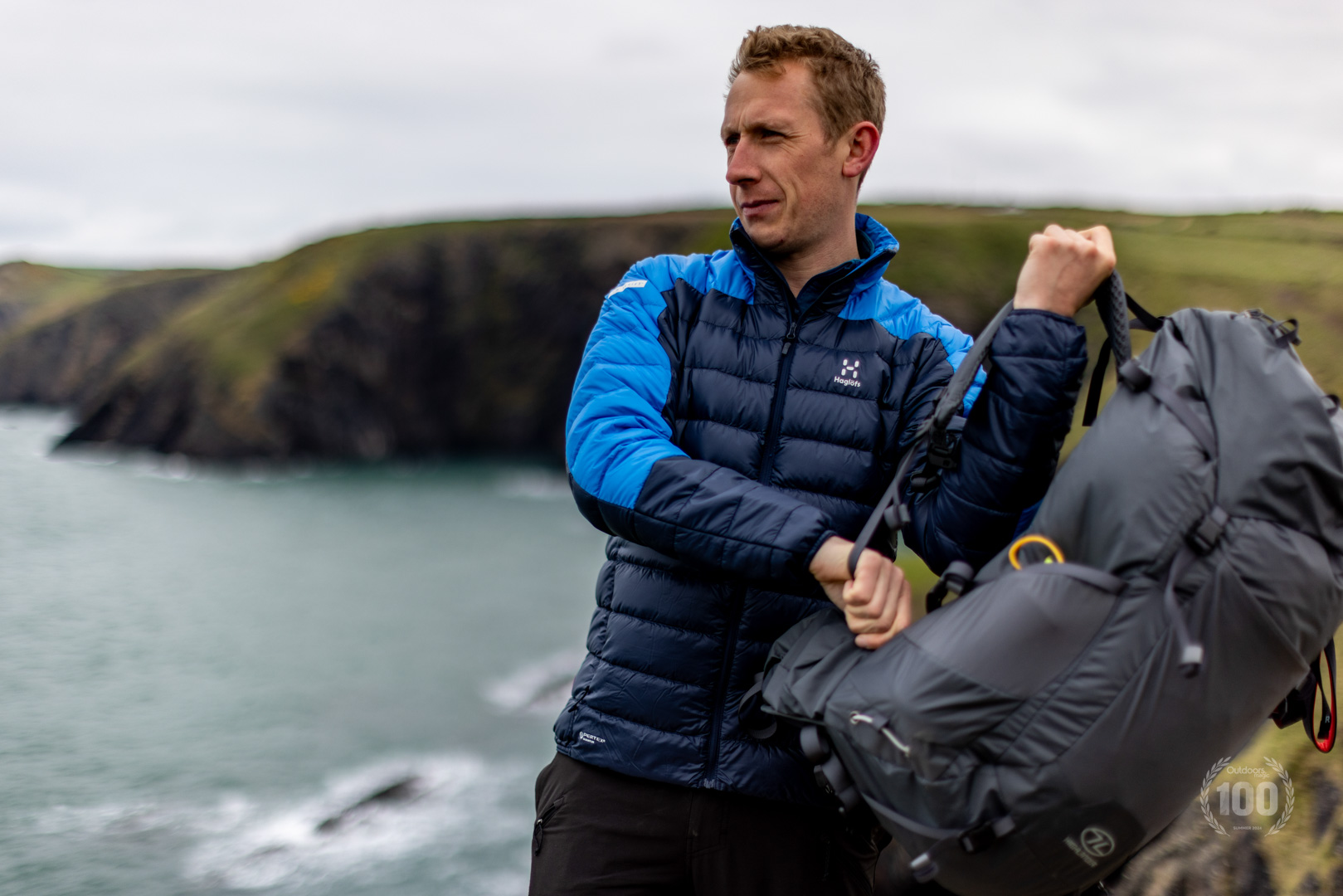
Price: £250
Weight: 885g
Best for: three-season hiking and for ultra races
Pros: lightweight, packable, water resistant down
Cons: main zip feels a little flimsy
Warmth rating: 6/10
This is a simple, no-frills down jacket that looks good and does what you need it to do. It’s not warm enough to be used as your main layer during winter but it serves really well as that option to carry on any three-season adventures when you want something for a bit of warmth on those early morning starts, during those sandwich summit stops or on evening wild camps during summer.
The down it uses has an 800 fill power – that’s an above average rating – and it also has a hydrophobic treatment to ensure the down stays lofty and able to insulate even when it gets wet. Haglöfs say that it can face up to 10,000 minutes of exposure to rain before the down flattens.
“I’ve found this excellent for ultra running,” said our tester. “It’s the kind of layer that you can cram into your running pack either for use during emergencies or simply for when you stop to refuel. “
Selected for our Outdoor 100 list. Read our full Haglöfs LIM Down review.
Buy the Haglofs LIM Down Jacket: £250 at Haglofs.com

